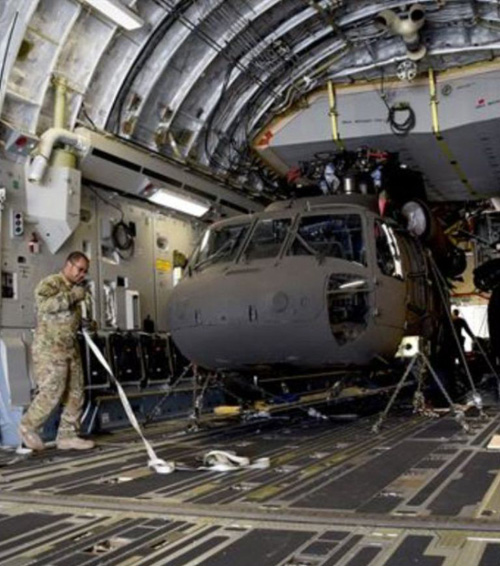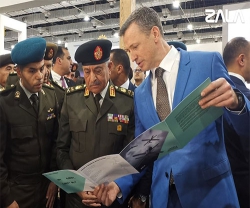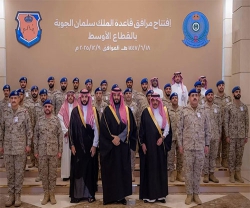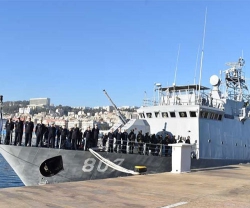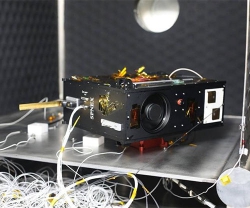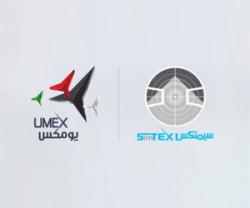The first two Afghan Air Force UH-60 Blackhawk helicopters arrived at Kandahar Airfield.
The UH-60s are the first to be delivered to the Afghan Air Force (AAF) under the Aviation Transition and Modernization program. The plan to modernize and increase the AAF fleet will provide firepower and mobility enabling the Afghan National Defense and Security Forces to bring a decisive advantage to the fight against anti-government forces.
The first group of UH-60s will remain at Kandahar Airfield, where flight training for Afghan pilots is slated to begin in October. Air advisors assigned to Train, Advise, Assist Command-Air, 738th Air Expeditionary Advisory Group, will oversee the training program. Over the coming years, additional Blackhawks will be distributed to four primary AAF bases throughout Afghanistan.
“The AAF has grown in the last year and they’re asymmetric effects are changing the battlefield. As the AAF mission grows they are becoming a more modernized, sustainable and more capable air force,” said Colonel Armando Fiterre, 738th AEAG commander, TAAC-Air.
The UH-60s are just part of the plan to modernize and expand the AAF. Additions to its current fleet will increase strike aircraft numbers from 58 to 173, while its rotary aircraft fleet will increase from 74 to 173.
“The Blackhawks will gradually be replacing the Mi-17 in the AAF inventory over the next few years,” said Brigadier General Phillip Stewart, commander of the 438th Air Expeditionary Wing and Train, Advise, Assist Command-Air.
“While the Mi-17 is one of the AAF’s most advanced programs when it comes to aircrew and maintenance capabilities, the program cannot be continued indefinitely. The Mi-17s are expensive to maintain, difficult to sustain and experiencing higher than expected attrition rates,” he added.
Earlier this year, the U.S. committed more than $814 million for fiscal year 2017, funded by the U.S. Contingency Operations Afghan Security Forces Fund.
The funding will be used to shape and modernize the Afghan fleet over the next several years by procuring UH-60s, with refurbishment and modification of the first 18; additional armed MD-530F helicopters, A-29 attack aircraft and AC-208s aircraft, which will provide Afghan National Defense and Security Forces an advantage on its domestic battlefields.
The planning involves seven different weapon systems, 14 different program offices and more than 20 major contracts. As the UH-60s arrive, contract maintenance experts will establish initial program stability, while Train, Advise, Assist Command-Air advisors conduct training classes and on-the-job training or Afghan pilots and maintainers.
“The UH-60 training will involve a blend of contractors, military and Afghan pilots. The Afghan Air Force will begin by transitioning Mi-17 pilots and maintainers as we expect they will adapt faster to the Blackhawk,” Stewart said.
Once the Afghans aviators graduate and become mission ready, combat missions will be planned and conducted by AAF crews independent of coalition forces.
The primary purpose of the UH-60 will be for troop and cargo transport, including casualty evacuation.
In addition to the 61 base model UH-60s, the AAF will also receive 58 UH-60 models with fixed forward-fire capabilities. According to TAAC-Air advisors, these numbers are based on the final forecasted end strength, assuming no attrition.
“The mission of TAAC-Air is to help our Afghan partners build a professional, capable and sustainable air force,” Stewart said. “We stand ready to give our Afghan counterparts the best training and assistance possible, regardless of what aircraft they are flying.”

